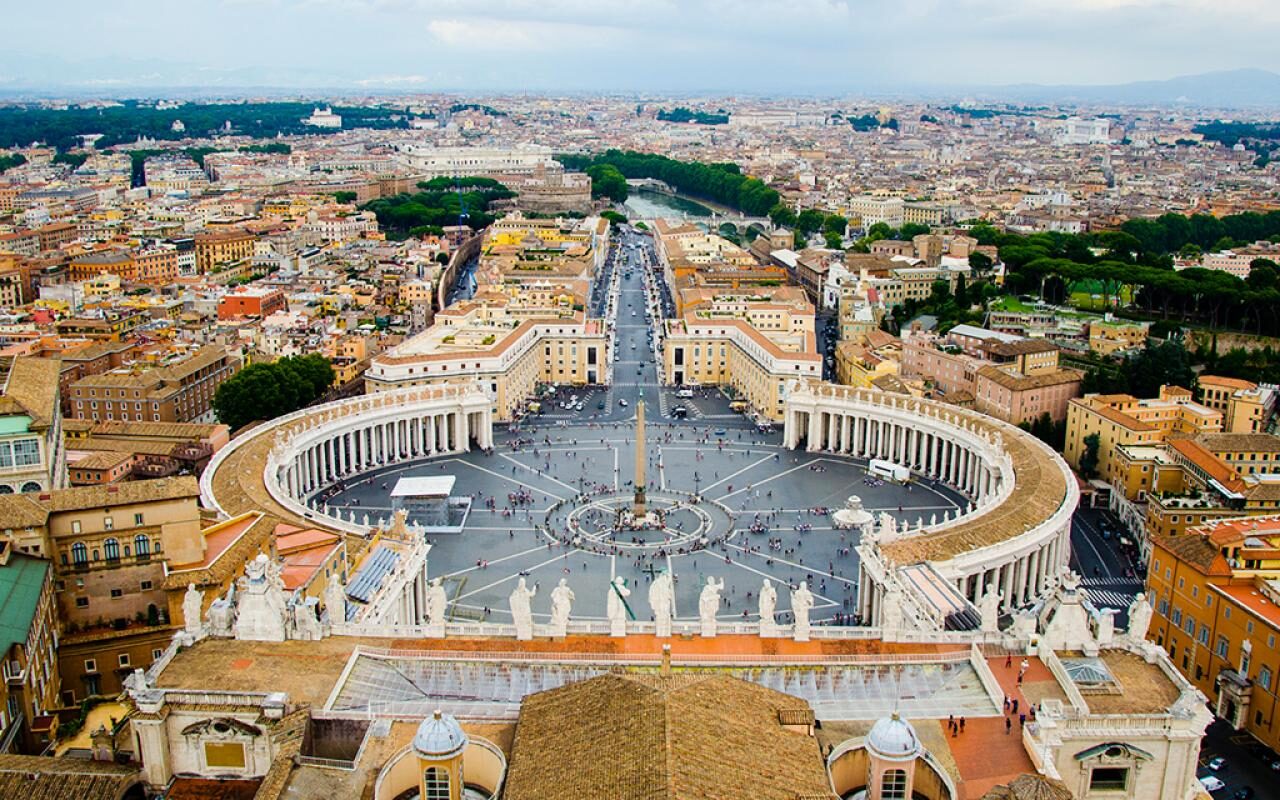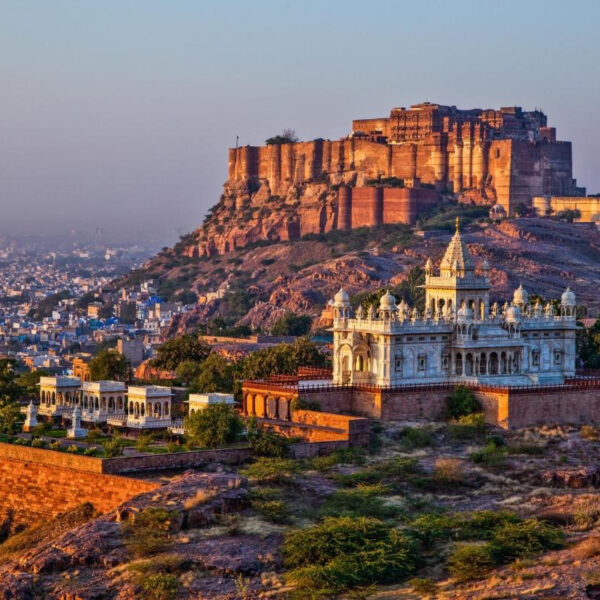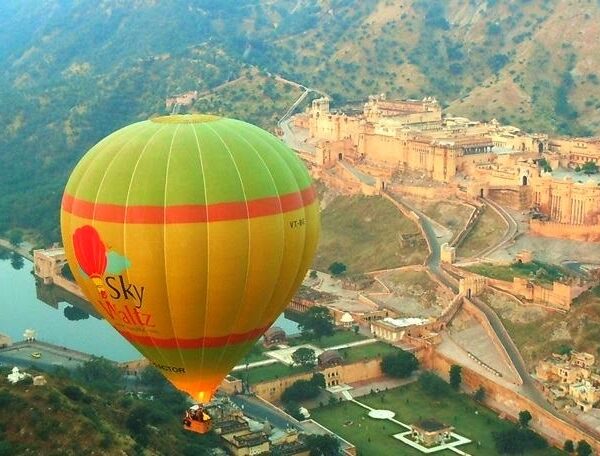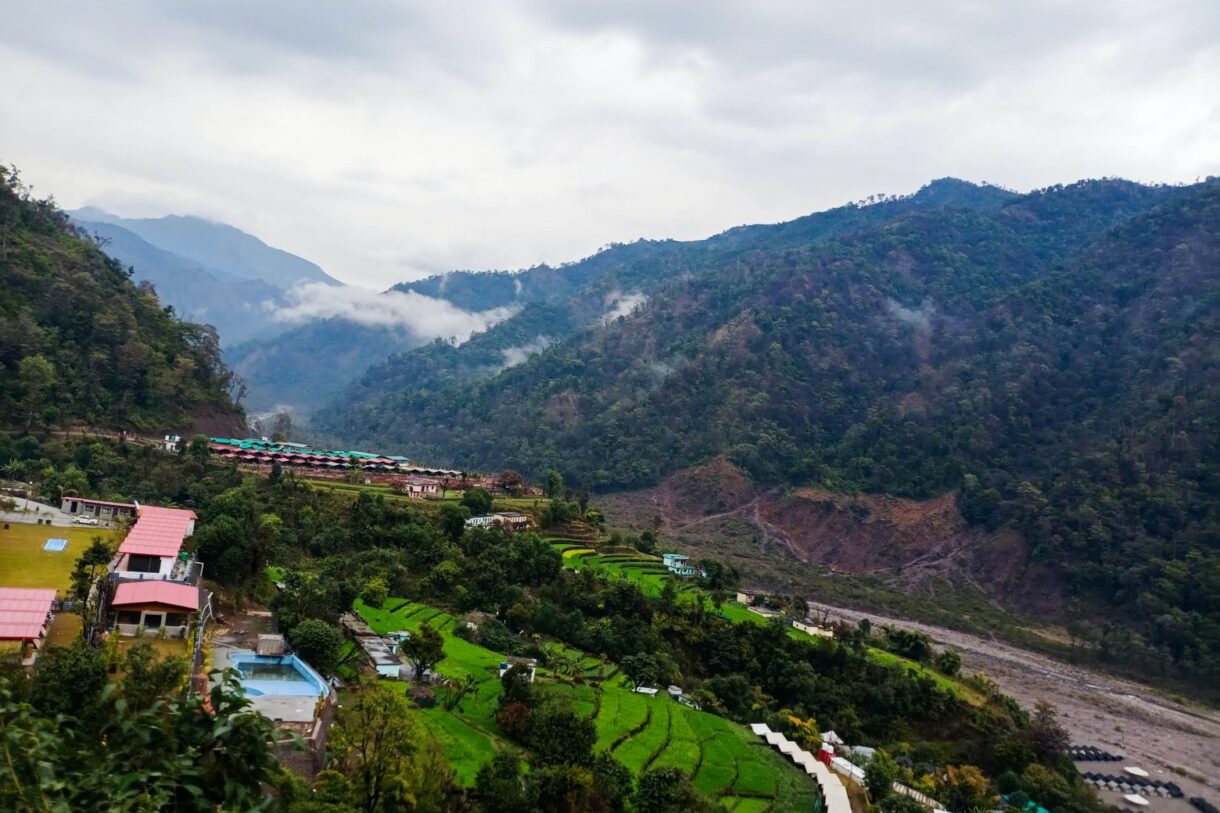Rome, often referred to as the “Eternal City,” stands as a living testament to the inexorable passage of time. Its streets whisper tales of emperors and gladiators, its monuments echo with the grandeur of ancient civilizations, and its churches hold centuries of religious history. In the heart of Italy, Rome is a city where the past seamlessly melds with the present, offering a captivating journey through the annals of human civilization.
For millennia, Rome has been a crucible of human culture, power, and innovation. From its legendary founding by Romulus and Remus to the height of the Roman Empire and its subsequent transformation into a center of Christianity, this city has continuously evolved while retaining its profound historical significance. Walking through Rome’s streets is akin to walking through time itself, where each cobblestone paves the way for a voyage into antiquity.
In this article, we embark on a journey through Rome’s historical riches, unveiling the ten most captivating historical sites that beckon travelers from around the globe. From the iconic Colosseum to the serene Vatican City, each location on this list is a chapter in the epic tale of Rome, inviting you to immerse yourself in its grandeur, culture, and rich history. So, join us as we explore the top historical places that make Rome a city like no other, a living museum of human achievement.
Table of Contents
Vatican City

Vatican City, the world’s smallest independent state, holds an immense cultural and religious legacy. Visitors can explore renowned treasures like St. Peter’s Basilica and the Sistine Chapel, housed within its confines. To enhance the experience, book Vatican Museum online tickets in advance is recommended, ensuring access to an unparalleled collection of art and history while avoiding long lines. This remarkable destination beautifully blends spirituality and artistry on a global scale.
The Colosseum
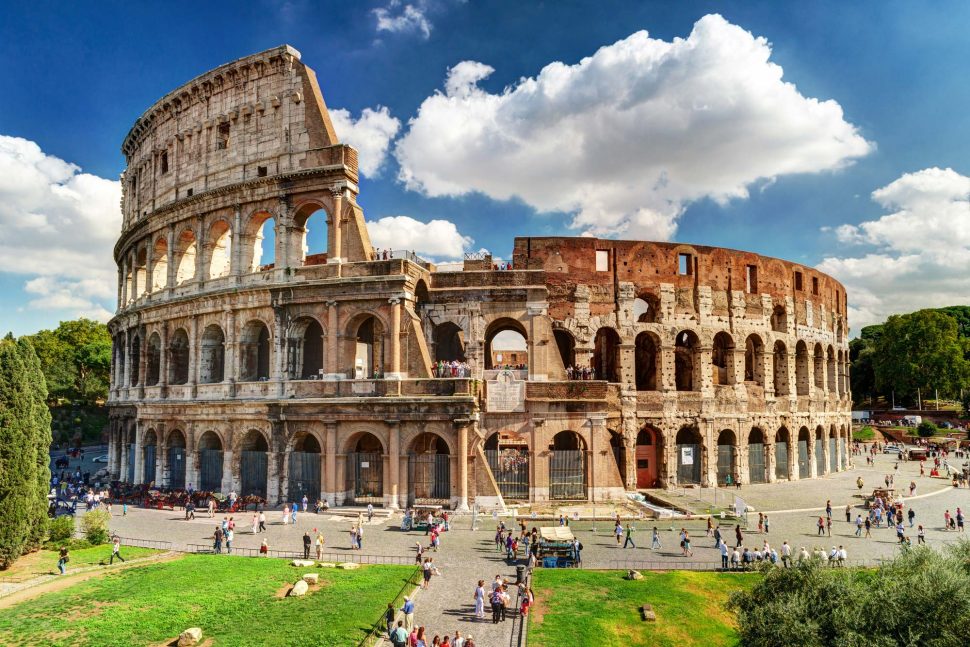
The Colosseum, also known as the Flavian Amphitheatre, is undoubtedly one of Rome’s most iconic landmarks. Built in the 1st century AD, this massive amphitheater could hold up to 80,000 spectators and was used for various events, including gladiatorial contests, chariot races, and more. Today, visitors can explore its impressive architecture and learn about its fascinating history through informative exhibits. If you’re planning a visit, it’s a good idea to book your Colosseum tickets online in advance to avoid long queues and ensure your spot at this historic site.
Roman Forum
Adjacent to the Colosseum, the Roman Forum is another must-visit historical site in Rome. Once the center of political, social, and commercial life in ancient Rome, it features a collection of ruins and remnants from temples, basilicas, and government buildings. Strolling through this ancient marketplace provides a tangible connection to the city’s illustrious past.
Pantheon
The Pantheon is a remarkable architectural marvel that has stood the test of time. Originally built as a temple to the Roman gods in the 2nd century AD, it boasts a massive dome with a perfectly round opening at its center, allowing natural light to filter through. The Pantheon’s interior is equally impressive, with stunning marble floors and intricate detailing.
The Roman Catacombs
Beneath the bustling streets of Rome lie a network of ancient catacombs, which served as underground burial sites in the early Christian era. These subterranean passages are adorned with frescoes and inscriptions that provide valuable insights into early Christian history. The Catacombs of Callixtus and the Catacombs of San Sebastiano are among the most notable.
The Trevi Fountain
The Trevi Fountain is not only a stunning work of Baroque art but also a symbol of love and wishes. Visitors flock to this grand fountain to toss a coin over their left shoulder with their right hand, ensuring their return to Rome. This iconic landmark is a testament to the city’s commitment to preserving its historical and artistic heritage.
The Palatine Hill
Situated above the Roman Forum, the Palatine Hill is one of the seven hills of Rome and is steeped in mythology. According to legend, this is where Romulus and Remus, the founders of Rome, were found and raised by a she-wolf. Today, the Palatine Hill is home to impressive archaeological remains and offers panoramic views of the city.
The Baths of Caracalla
The Baths of Caracalla are a magnificent example of ancient Roman engineering and luxury. Built in the 3rd century AD, these enormous thermal baths could accommodate thousands of visitors at once. Though in ruins today, the sheer scale and grandeur of this complex are awe-inspiring, providing a glimpse into the opulence of ancient Rome.
The Capitoline Hill
The Capitoline Hill, one of Rome’s seven hills, is home to the Capitoline Museums, which house a remarkable collection of ancient art and artifacts. The piazza at the top of the hill, designed by Michelangelo, features the iconic bronze statue of Marcus Aurelius and offers breathtaking views of the Roman Forum.
The Arch of Constantine
The Arch of Constantine is a triumphal arch built to commemorate Emperor Constantine’s victory over Maxentius in the Battle of Milvian Bridge in 312 AD. It stands as a testament to the political and cultural significance of the Roman Empire during this period. The arch is adorned with intricate reliefs and sculptures, making it a captivating historical monument.
Rome’s historical treasures are boundless, and these ten sites are just the tip of the iceberg. Whether you are drawn to ancient architecture, religious landmarks, or the rich tapestry of Roman history, the Eternal City has something to offer every visitor. As you explore these historical places in Rome, you’ll be transported back in time to witness the grandeur and legacy of one of the world’s greatest civilizations. Rome truly lives up to its reputation as a city where history comes alive, and it is an essential destination for any traveler with a passion for the past.
